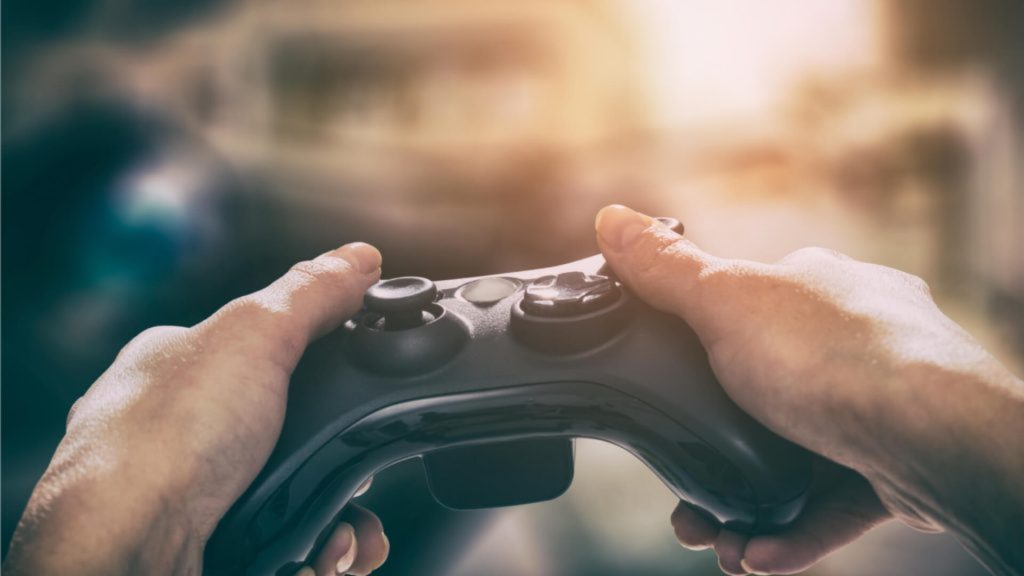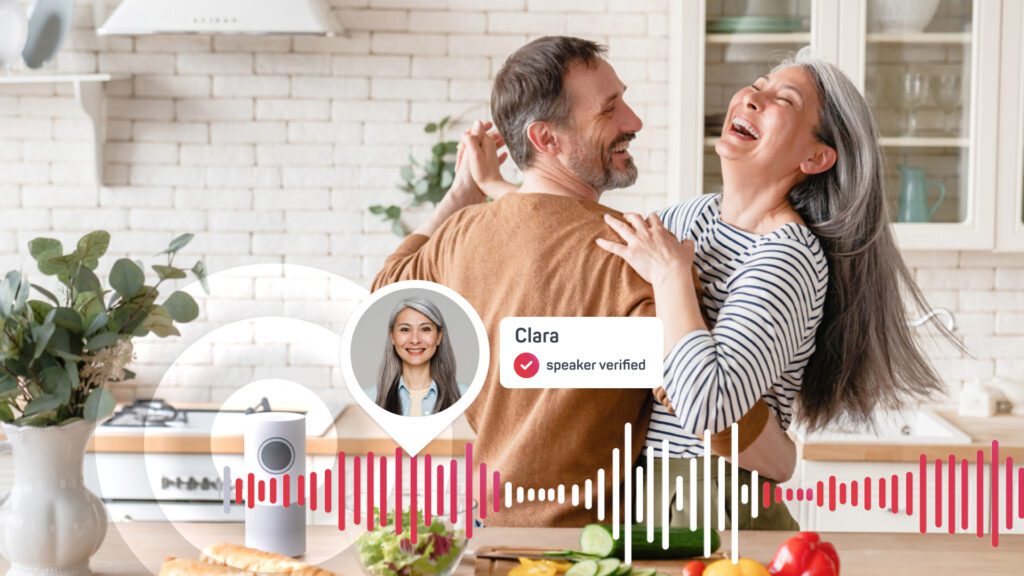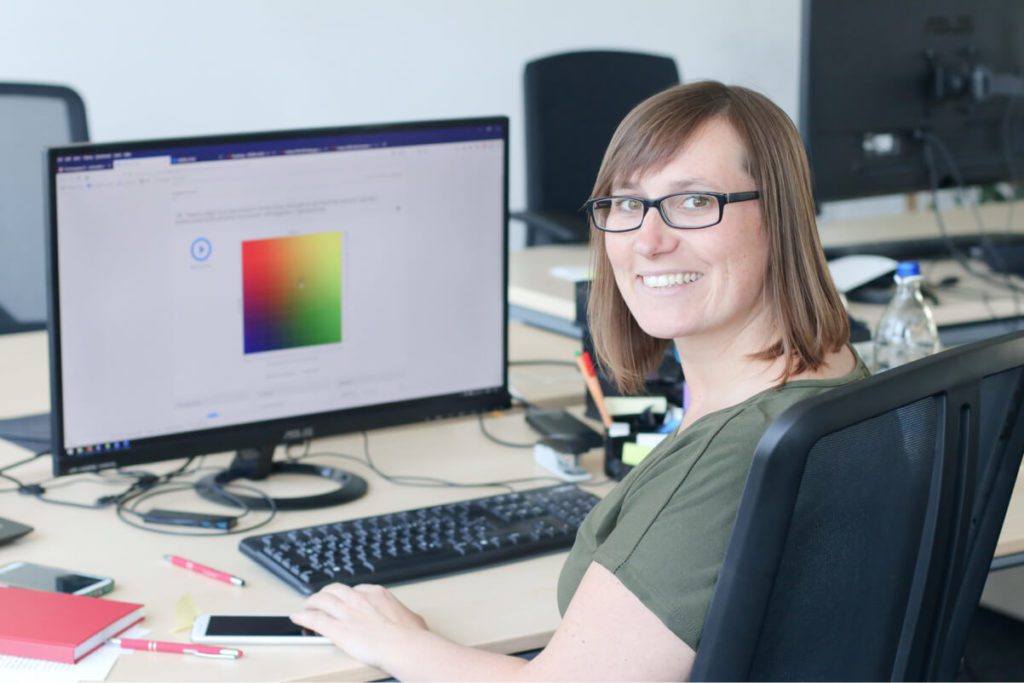By Pascal Hecker, Junior Healthcare Researcher at audEERING and Luca Pettinari, Junior AI Researcher at audEERING and MSc Student in Biomedical Engineering at Università Politecnica delle Marche
Wellbeing: a challenge in today’s world
The world today has become an extremely challenging place to live with more and more harmful factors threatening our wellbeing. While modern medicine is advancing rapidly, challenges in healthcare are coming up with population aging, mental health and healthcare delivery. The awareness of these great issues of our era is starting to catch on public opinion, and so called “smart technologies” are recently spreading to meet the challenges of the 21st century society.
According to Transparency Market Research, the market of digital health will increase to half billion dollars by the end of 2025. In this scenario, people will have an increased demand for medical devices for prevention, monitoring and assisted diagnosis of disease and clinical disorders, as well as for caretaking or continuous self-checking to maintain a sane and healthy condition. Digital healthcare, accessible from smart devices, will become the main trend, especially in a chaotic world where most of the people want an easy and immediate response without the need of having to visit a medical doctor for routine check-ups. Particular interest will take on those technologies that would be able to infer our state directly from our smartphone. Voice is a very direct and immediate signal to tap into, and is rich of information about the speaker: speech content, emotions, awareness, and important biomarkers.
What is special in voice beyond speech?
Some of the most severe neurological diseases are degenerative: early onset detection and estimation of disease progression are extremely important factors to facilitate effective treatment of these diseases. audEERING, as a leading company in intelligent audio processing and paralinguistic analysis, provides a technology capable to identify patients with early symptoms of Parkinson’s disease by analysing subtle changes in voice and achieved 92% classification accuracy for healthy and diseased samples (click here). In this context, voice can also provide some guidance for patients and help them to adjust their medication more efficiently and in an individualized way. Voice can be used as a powerful indicator not only for Parkinson’s disease, but also in multiple sclerosis [1], Huntington’s [2] and Alzheimer’s disease [3] to enable a better diagnosis and treatment recommendations. Moreover, there is published evidence that heart rate can be inferred from speech utterances, and therefore voice contains another important biomarker which would potentially allow remote patient assessment and monitoring [4]. Apart from this, voice technologies can also help in rehabilitation efforts. In recent studies, post-stroke language impairments were successfully treated using voice-assisted speech and language therapy [5]. Additionally, voice can be used to preserve our well-being and recommend better decisions like healthy diet habits. In fact, starting from the nineties, the number of overweight children in Germany has doubled, with roughly one adolescent out of six having a BMI of above 25. In that perspective, audEERING has also been active in researching patterns in chewing sounds to predict possible medical condition like obesity or bulimia.
What’s hot in smart technologies for healthcare?
As the next frontier in human-technology interfaces, voice-enabled and voice-first technologies are leading the way in many innovative applications across industries. In healthcare and wellbeing, there are applications to predict symptoms or help diagnoses of different diseases, from cognitive disorders to heart attack. Several startups use voice technologies to help improve the lives of those with speech and/or hearing difficulties, with prospective innovations to track disease progression over time as well. Other applications focus on elderly assistance, helping seniors to connect with family, get access to services, adopt healthy habits, and thrive independently. Last but not least, smart technologies are even involved in improving productivity, for example by lending a helping hand to physicians, who spend a considerable amount of time entering information from their last patient interaction. According to Medium, a landscape of B2B voice technology startups found that 47% of those were focused on healthcare (click here < https://medium.com/point-nine-news/voice-tech-landscape-150-startups-mapped-and-analysed-82c5adaf710>). This is self-evident if you think about how smartphones nowadays are in virtually everybody’s pocket, which paves the way for large scale accessibility of voice technologies. Recently, huge technological advancements have been achieved, and particularly for AI, things have become interesting. The Huawei HONOR 10 features a dedicated neural processing unit, on which operations for machine learning processes can be run efficiently. Google’s Pixel 2 and the iPhone X feature similar technologies. This can empower healthcare technologies to a great extend, since analysis of sensitive data from users can be run locally on the phone. Especially in the healthcare domain, data security is a sensitive topic and locally processed data is less susceptible to attacks as against data handled by cloud services.
EU Horizon 2020 program
Together with renowned university partners, audEERING is working on projects from the EU Horizon 2020 program. The project WorkingAge https://itcl.es/en/simulation-and-virtual-reality-projects/smart-working-environments-for-all-ages/ for instance aims to detect and prevent stress at workplaces. Mental wellbeing is the focus of another cooperation with universities in the ECoWeB project http://www.ecowebproject.eu/. Here, to facilitate self-assessment of mental wellbeing, a speech based mood diary and other forms of modern questionnaires will be provided to young adults to help them in that challenging phase of their life. audEERING technologies are available both as a cloud service and as locally run, embedded solutions. The later option makes it ideal for healthcare applications, since sensitive data is ensured to remain protected and in hands of the user.
All those voice-powered technologies have great potential to provide better treatment methods and boost rehabilitation and prevention measures in a smart society. Again, to build trust of users and patients, data protection is a crucial topic, especially in Germany. With increasing spread of Amazon’s Alexa and Google Assistant, companies are getting access to a vast amount of voice-related user information. However, for serious clinical applications, the goal should rather be to provide doctors and clinicians with additional estimates and enable them to make rational decisions. In the medical sector, it is realistic that machines will provide scientifically founded risk assessments for assisted diagnosis, rather than replacing the doctor. On smart devices, the usage of locally run AI applications with neural processing units is promising to enable safe and individualised analysis and recommendations to check and improve your wellbeing.
References
[1] Evans, A., Boonstra, F. M. C., Perera, T., Vogel, A. P., Kolbe, S. C., Butzkueven, H., … van der Walt, A. (2018). What speech can tell us: A systematic review of dysarthria characteristics in Multiple Sclerosis. Autoimmunity Reviews, 17(12), 1202–1209. https://doi.org/10.1016/j.autrev.2018.06.010
[2] Skodda, S., Grönheit, W., Lukas, C., Bellenberg, B., Von Hein, S. M., Hoffmann, R., & Saft, C. (2016). Two different phenomena in basic motor speech performance in premanifest Huntington disease. Neurology, 86(14), 1329–1335. https://doi.org/10.1212/WNL.0000000000002550
[3] Martínez-Sánchez, F., Meilán, J. J. G., Carro, J., & Ivanova, O. (2018). A Prototype for the Voice Analysis Diagnosis of Alzheimer’s Disease. Journal of Alzheimer’s Disease, 64(2), 473–481. https://doi.org/10.3233/JAD-180037
[4] Schuller, B., Friedmann, F., & Eyben, F. (2013). Automatic recognition of physiological parameters in the human voice: Heart rate and skin conductance. In ICASSP, IEEE International Conference on Acoustics, Speech and Signal Processing – Proceedings (pp. 7219–7223). https://doi.org/10.1109/ICASSP.2013.6639064
[5] Koyuncu, E., Çam, P., Altınok, N., Çallı, D. E., Duman, T. Y., & Özgirgin, N. (2016). Speech and language therapy for aphasia following subacute stroke. Neural Regeneration Research, 11(10), 1591–1594. https://doi.org/10.4103/1673-5374.193237







